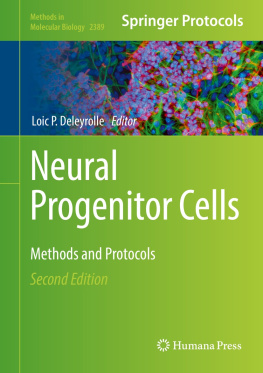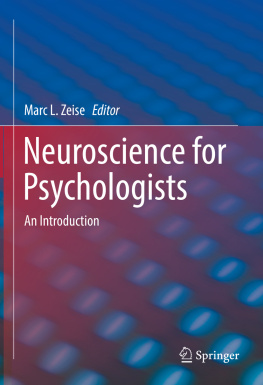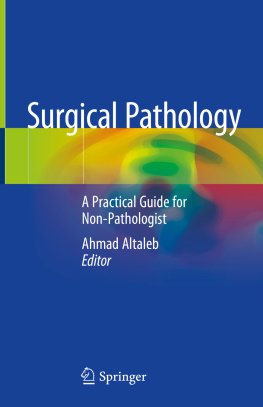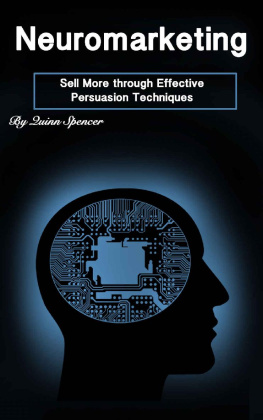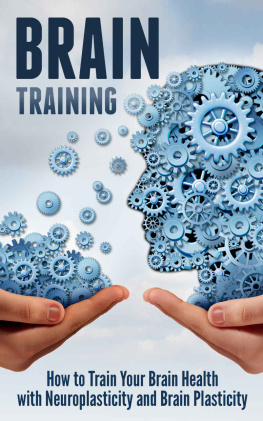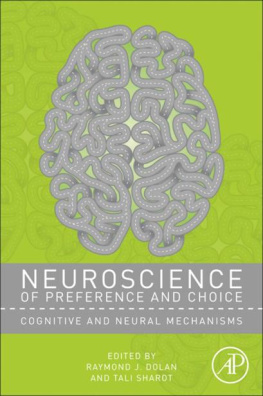Plasticity and Pathology
Berkeley Forum in the Humanities
Plasticity and Pathology
On the Formation of the Neural Subject
Edited by David Bates and Nima Bassiri

Copyright 2016 The Regents of the University of California
All rights reserved. No part of this publication may be reproduced, stored in a retrieval system, or transmitted in any form or by any meanselectronic, mechanical, photocopy, recording, or any otherexcept for brief quotations in printed reviews, without the prior permission of the publishers.
The publishers have no responsibility for the persistence or accuracy of URLs for external or third-party Internet websites referred to in this publication and do not guarantee that any content on such websites is, or will remain, accurate or appropriate.
The publishers also produce their books in a variety of electronic formats. Some content that appears in print may not be available in electronic books.
Library of Congress Cataloging-in-Publication Data
Plasticity and pathology : on the formation of the neural subject / edited by David Bates and Nima Bassiri. First edition.
p. cm. (Berkeley forum in the humanities)
The essays collected here were presented at the workshop Plasticity and Pathology: History and Theory of Neural Subjects at the Doreen B. Townsend Center for the Humanities at the University of California, Berkeley.
Includes bibliographical references and index.
ISBN 978-0-8232-6613-5 (cloth : alk. paper)
ISBN 978-0-8232-6614-2 (pbk. : alk. paper)
I. Bates, David William, editor. II. Bassiri, Nima, editor. III. Doreen B. Townsend Center for the Humanities, sponsoring body. IV. Title. V. Series: Berkeley forum in the humanities.
[DNLM: 1. Neuronal PlasticityCongresses. 2. BrainphysiopathologyCongresses. 3. Synaptic TransmissionCongresses. WL 102]
QP355.2
612.8'1dc23
2015026932
Printed in the United States of America
18 17 16 5 4 3 2 1
First edition
Contents
Emily Martin
2. You Are (Not) Your Synapses:
Toward a Critical Approach to Neuroscience
Catherine Malabou
Cathy Gere
4. Epileptic Insanity and Personal Identity:
John Hughlings Jackson and the Formations
of the Neuropathic Self
Nima Bassiri
5. Integrations, Vigilance, Catastrophe: The Neuropsychiatry
of Aphasia in Henry Head and Kurt Goldstein
Stefanos Geroulanos and Todd Meyers
6. The History of a Brain Wound: Alexander Luria
and the Dialectics of Soviet Plasticity
Hannah Proctor and Laura Salisbury
7. Automaticity, Plasticity, and the Deviant Origins
of Artificial Intelligence
David Bates
Joseph Dumit
9. Imperfect Reflections: Norms, Pathology,
and Difference in Mirror Neuron Research
Katja Guenther
10. On How Adult Cerebral Plasticity Research
Has Decoupled Pathology from Death
Tobias Rees
Illustrations
Contributors
NIMA BASSIRI is Collegiate Assistant Professor and Harper Schmidt Fellow at the University of Chicago.
DAVID BATES is a professor and chair of the Department of Rhetoric at the University of California, Berkeley.
JOSEPH DUMIT is a professor of anthropology and director of Science and Technology Studies at the University of California, Davis.
CATHY GERE is a professor of history at the University of California, San Diego.
STEFANOS GEROULANOS is an associate professor of history at New York University.
KATJA GUENTHER is an assistant professor of history at Princeton University.
CATHERINE MALABOU is a professor of philosophy at the Centre for Research in Modern European Philosophy at Kingston University and a professor of philosophy at the European Graduate School.
EMILY MARTIN is a professor of anthropology at New York University.
TODD MEYERS is an assistant professor of anthropology at Wayne State University.
HANNAH PROCTOR is a graduate student in English and humanities at Birkbeck College, University of London.
TOBIAS REES is an assistant professor of anthropology and social studies of medicine at McGill University.
LAURA SALISBURY is a senior lecturer in medicine and English literature at Exeter University.
David Bates and Nima Bassiri
Preface
THE ESSAYS COLLECTED here were presented at the workshop Plasticity and Pathology: History and Theory of Neural Subjects at the Doreen B. Townsend Center for the Humanities at the University of California, Berkeley. As co-organizers of this event, we were trying to put together several different strands of scholarship that have taken up the challenge of critically engaging with contemporary neuroscience research. As the neurosciences have gained considerable popular interest in the past decade or so, the impact of this work on the humanities and social sciences has been less clear. While some have embraced with great enthusiasm the findings of neuroscience and used them in their own research, others willfully ignore the field altogether despite the obvious relevance to anyone working on the way human beings think, act, and are fashioned in the world. This volume is an effort to explore how scholars in the humanities and social sciences might begin to think critically about the historical and conceptual (not to mention institutional) development of the human subject in the age of neural science, as a way of raising questions about who we are and who we might be.
We have chosen the intertwined fields of plasticity and pathology as our starting point because they reveal most clearly that the history of neuroscience is hardly one of strict reductionism. Both of these conceptual fields are and have been highly ambivalent, suggesting in their own way the degree to which the nervous systemand especially its central organ, the brainhas often been considered an ever-evolving, dynamic, and transformative space. Plasticity is essential to, for example, the developmental potential of the infant brain and therefore an essential dimension of the human self. Plasticity also marks the possibility of a radical change. It is precisely this flexibility that helps the nervous system respond to injury and pathological conditions. And yet to transform the brain so radicallyin reaction to injury or through internal transformationsis to transform the subject itself, to make in a way a new human being. Therefore, rather than trying to stabilize the concepts of plasticity and pathology as definitive categories, we actually want to emphasize the underlying fluidity at the heart of these conceptsnot just according to their contemporary prominence in neuroscience but because they also index a set of important conceptual developments and possibilities in the history, anthropology, and philosophy of mind and brain medicine.
The scholars collected here represent different ways of approaching the question of the neural foundations of a human subject. The essays range from anthropological accounts of subject formation, investigations of contemporary neuroscientific research, and historical analyses of key theoretical debates in the formative decades of neuroscience to forays into artificial nervous systems with their own artificial forms of plasticity, narrative interpretations of neural subjects, and philosophical reflection on the nature of the mind. They are intended to display the conceptual variability of these terms and to indicate a way of thinking about their varied historical development and their continued transformation in the present and into the future. Plasticity and pathology, as neurological concepts, point to complicated phenomena in the history and theory of the human sciences. To grasp the significance of these phenomena we need an open and multidisciplinary approach.
Next page



